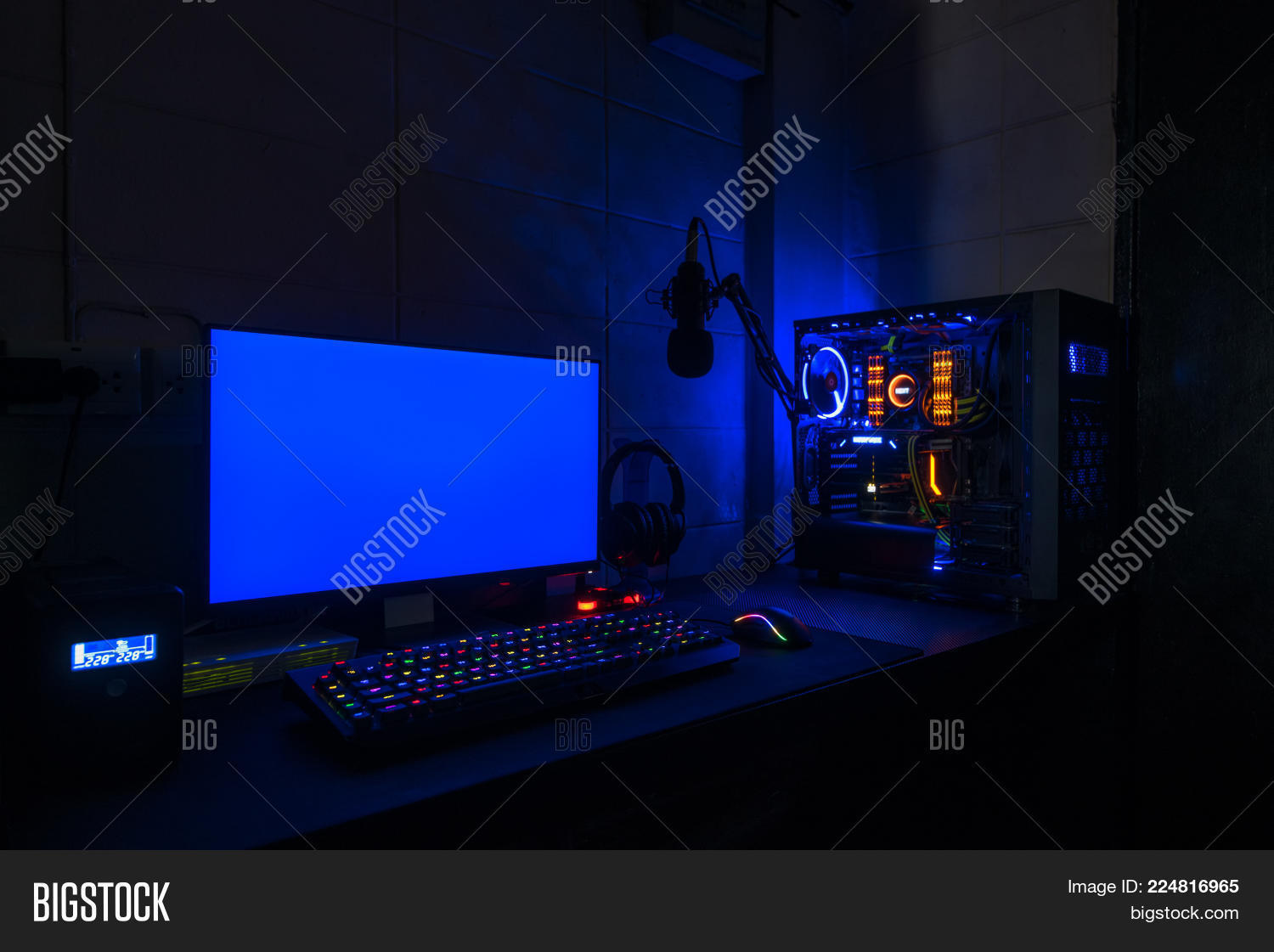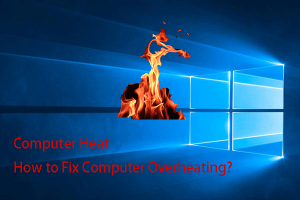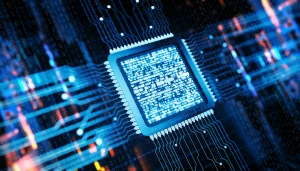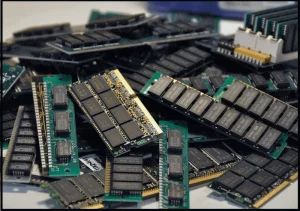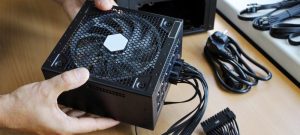What Is Meant By The Blue Screen ?
It is a message you receive when your PC is interrupted and it displays the warning in a blue-colored screen. It’s officially referred to as a “Stop error.” The warning alerts you to the issue that’s causing Windows to shut down.
How Do You Fix A Blue Screen
Check For Overheating
- Download a temperature monitoring software such as HWMonitor.
- Run your game and monitor your PC’s temperature. If it exceeds 90 degrees Celsius, it is likely overheating.
- Clean out any dust or debris from your PC’s cooling system using a can of compressed air.
- Consider adding additional cooling options, such as fans or liquid cooling, to help regulate your PC’s temperature.
Update Your Drivers
- Identify the hardware components that require driver updates. You can do this by checking the device manager.
- Visit the manufacturer’s website for each component and download the latest drivers.
- Install the downloaded drivers onto your PC.
Run A Virus Scan
- Download a reputable antivirus software such as Windows Defender or Malwarebytes.
- Run a full system scan to check for any malware or viruses.
- Quarantine or remove any malicious software detected by the scan.
Check For Hardware Issues
- Identify any hardware components that may be causing the blue screens.
- Download and run hardware diagnostic tests for each component.
- Replace any failing components.
Check Your RAM
- Download a memory diagnostic tool such as Memtest86.
- Create a bootable USB drive or CD with the tool.
- Boot your PC from the USB drive or CD and run the memory diagnostic test.
- Replace any faulty RAM modules.
Check Your Hard Drive
- Download a hard drive diagnostic tool such as Sea Tools.
- Install the tool and run a diagnostic test on your hard drive.
- Replace any failing hard drives.
Check Your Power Supply
- Check the power supply unit (PSU) wattage and make sure it is sufficient for your PC.
- Check the PSU connections and ensure they are tight.
- Replace the PSU if it is insufficient or faulty.
Check For Software Conflicts
- Identify any incompatible software or conflicting drivers that may be causing blue screens.
- Uninstall the conflicting software or drivers.
- Install any necessary updates or patches to ensure compatibility.
Disable Overclocking
- Access the BIOS settings of your PC by pressing a specific key during boot-up (this varies depending on your PC manufacturer).
- Find the overclocking settings and disable them.
- Save and exit the BIOS settings.
Reset Your PC
- Backup any important data to an external hard drive or cloud storage.
- Access the Windows recovery options by restarting your PC and pressing a specific key during boot-up (this varies depending on your PC manufacturer).
- Choose the option to reset your PC to its default settings.
- Follow the prompts and wait for the reset to complete.

